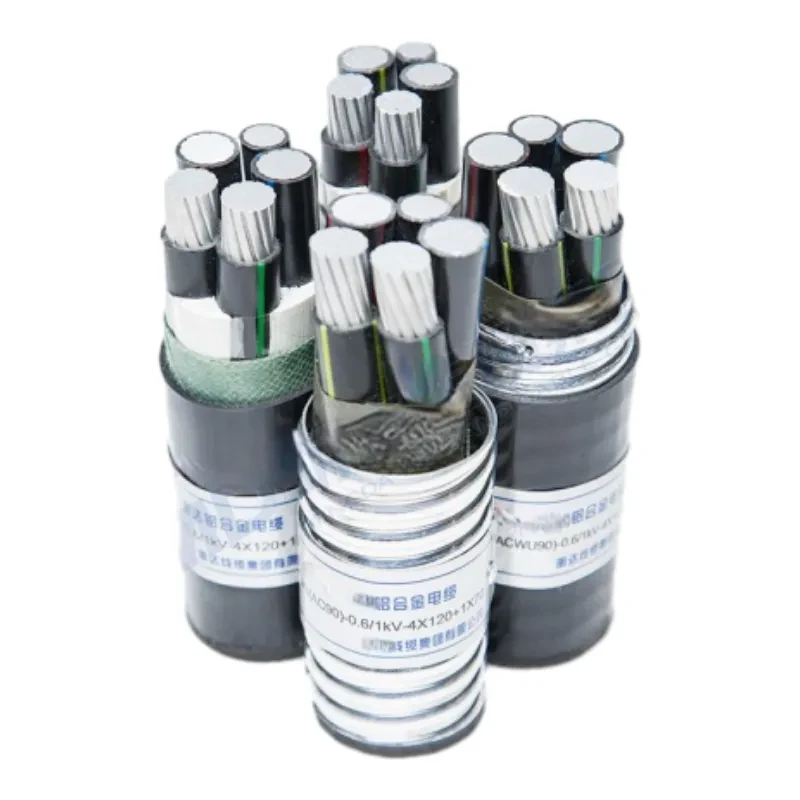Ліст . 30, 2024 09:25 Back to list
flexible rubber joint
The Versatility and Importance of Flexible Rubber Joints
Flexible rubber joints, also known as rubber expansion joints or flexible couplings, play a crucial role in various industrial applications by accommodating movement and reducing stress in piping systems. These innovative components are designed to absorb vibrations, accommodate temperature fluctuations, and mitigate misalignment issues, making them essential in a multitude of settings, from plumbing and HVAC systems to chemical processing and water management.
One of the most significant advantages of flexible rubber joints is their ability to absorb vibrations and eliminate noise. In industrial environments, machinery can generate significant vibrations that, if not properly managed, can lead to wear and tear on pipes and fittings. Rubber joints act as shock absorbers, dampening these vibrations and creating a more stable and quiet operation. This is particularly important in commercial buildings where noise reduction can improve comfort and reduce disruption.
Temperature fluctuations can also cause pipes to expand and contract, leading to potential leaks or ruptures in rigid systems. Flexible rubber joints can accommodate these changes by allowing for slight movements and adjustments. For instance, in hot water supply systems, the expansion and contraction of pipes can create stress that results in damage over time. By integrating flexible rubber joints into the system, engineers can ensure the longevity and reliability of the piping network.
flexible rubber joint

Additionally, flexible rubber joints are essential in addressing minor misalignments in piping systems
. During installation, it can be challenging to achieve perfect alignment due to various factors such as ground settling or thermal expansion. These misalignments can lead to increased stress on the connected components, potentially causing failures in the system. Flexible rubber joints allow for small adjustments, ensuring that the piping remains functional and less prone to leaks.In terms of materials, flexible rubber joints are typically made from high-quality elastomers that can withstand various chemicals, temperatures, and pressures. Common materials include neoprene, EPDM (ethylene propylene diene monomer), and silicone rubber, each chosen based on specific application needs. For example, EPDM rubber is widely used for its excellent resistance to heat, ozone, and aging, making it suitable for outdoor applications and environments with considerable temperature fluctuations.
The design of flexible rubber joints can also be tailored to meet specific industry requirements. With options ranging from single arch to multi-arch designs, these joints can cater to different sizes and types of piping systems. Customization allows engineers and designers to create solutions that not only fit the technical specifications of a project but also enhance the overall efficiency of the operation.
In conclusion, flexible rubber joints are indispensable components in modern piping systems, providing flexibility and protection against vibrations, temperature changes, and alignment issues. Their ability to absorb shock and adjust to various stresses helps maintain the integrity and longevity of critical infrastructure across many industries. As technology advances and industries evolve, the importance of these joints will continue to grow, highlighting the need for innovative solutions that balance performance and reliability. Whether used in water supply, chemical processing, or HVAC systems, flexible rubber joints are vital in ensuring smooth and efficient operations, contributing significantly to the safety and effectiveness of industrial processes.
Share
-
Reliable Wafer Type Butterfly Valves for Every IndustryNewsJul.25,2025
-
Reliable Flow Control Begins with the Right Ball Check ValveNewsJul.25,2025
-
Precision Flow Control Starts with Quality ValvesNewsJul.25,2025
-
Industrial Flow Control ReliabilityNewsJul.25,2025
-
Engineered for Efficiency Gate Valves That Power Industrial PerformanceNewsJul.25,2025
-
Empowering Infrastructure Through Quality ManufacturingNewsJul.25,2025